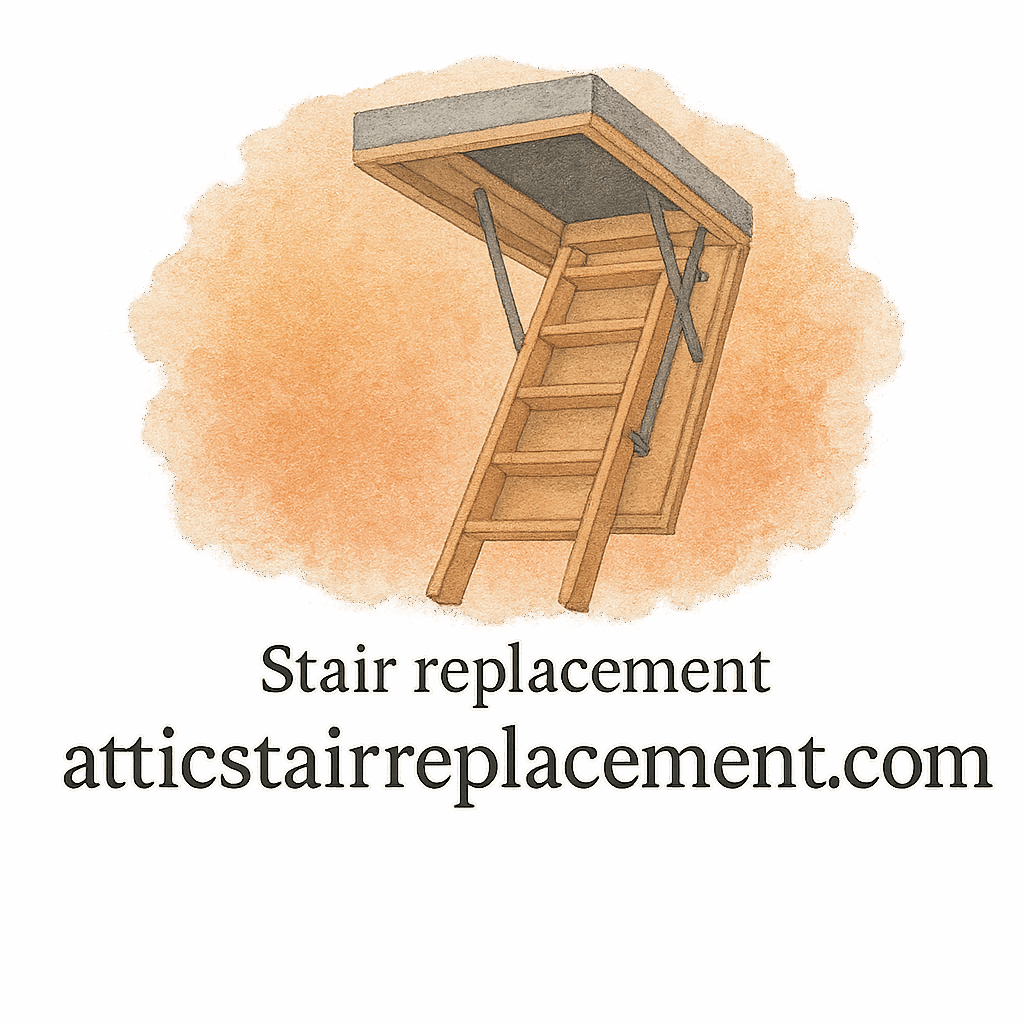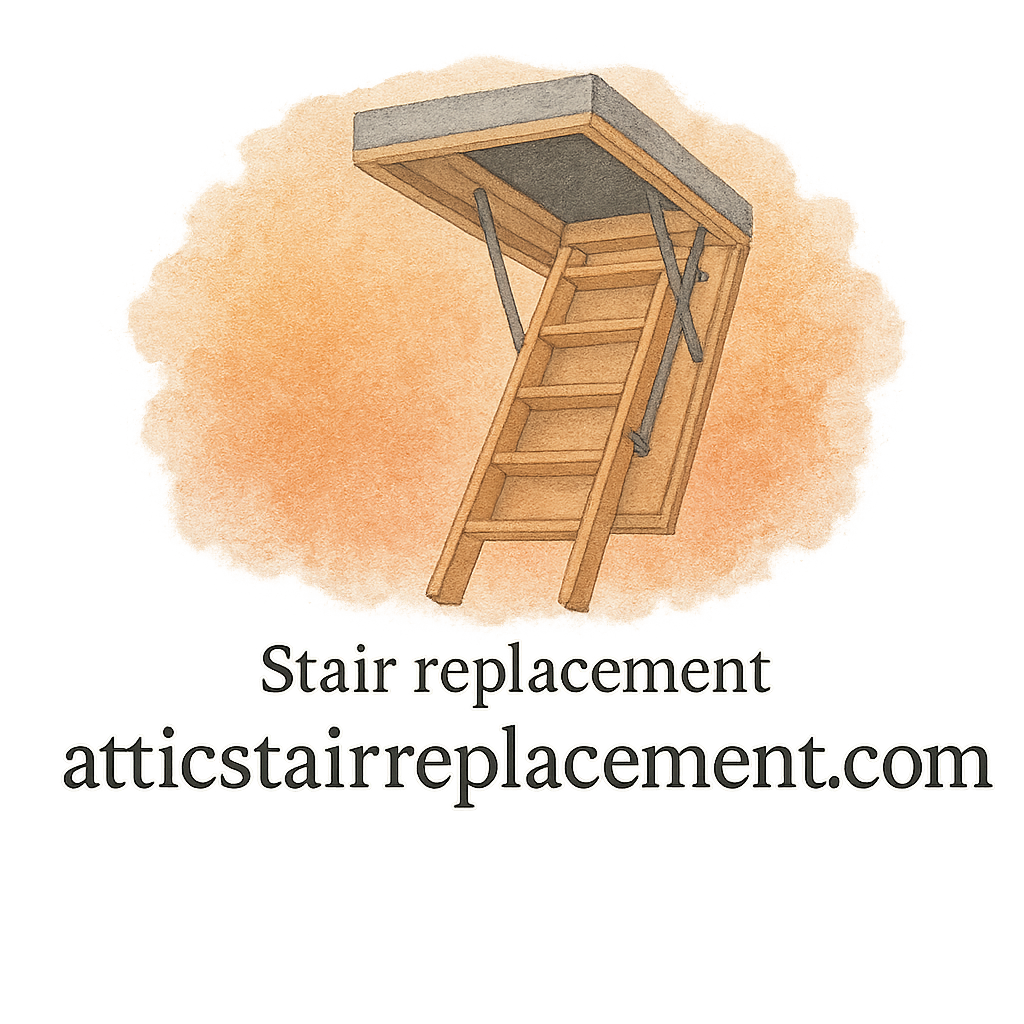Introduction
Thinking about replacing your attic stairs? Whether you’re aiming for a quick fix or a full-on upgrade, knowing how to budget your attic stair replacement project is essential. Costs can sneak up on you like a raccoon in the attic if you’re not careful. But don’t worry — we’ve got your back with some smart, practical, and budget-friendly advice.
In this guide, we’ll explore 6 budgeting tips that can help you save money, avoid costly mistakes, and get the most bang for your buck. And don’t worry — we’ll sprinkle in some expert advice, DIY tips, and even internal links to make your attic stair replacement journey smoother.
Why Budgeting Matters for Attic Stair Replacement
Replacing attic stairs isn’t just a quick weekend project — it’s a mini renovation that impacts both your home’s accessibility and value. Without a solid budget, you might find yourself spending way more than necessary or compromising on quality. A well-thought-out plan helps you avoid surprises, prioritize wisely, and ensures your investment actually pays off.
Tip #1: Set a Realistic Budget Based on Project Scope
Understand Your Needs and Limitations
Before diving into costs, take a moment to define what you really need. Are you dealing with old, creaky stairs that need to be replaced entirely, or just looking to upgrade to a more modern, heavy-duty model?
Use tools like our DIY installation guide to assess the scope. Being realistic about what’s possible can prevent you from overspending or under-budgeting.
Define the Project Type: DIY vs. Professional
If you’re handy, going the DIY route can save you hundreds. But if you lack the tools or skills, hiring a contractor might be the better call — just be sure to factor that into your budget.
Tip #2: Compare Attic Stair Types and Materials
Aluminum vs. Wood: Which One Fits Your Budget?
Wooden stairs offer a traditional look, but aluminum stairs are lighter, rust-resistant, and often cheaper. If you’re on a budget, don’t overlook the long-term savings of a quality durable material, even if the upfront cost is a bit higher.
Consider Durability and Long-Term Value
Investing in a strong, heavy-duty model can reduce future repair costs. It’s about weighing initial expenses against maintenance down the road.
For help choosing the right model, check out our latest product reviews before you buy.
Tip #3: Get Multiple Quotes from Contractors
How to Vet Contractors for Quality and Affordability
Not all contractors are created equal. Some deliver great work at fair prices, while others might add hidden charges. Start with 3–5 quotes and compare not just price, but also job quality, warranties, and timelines.
Use our expert advice section to learn what questions to ask.
Common Mistakes When Hiring Help
Avoid selecting the cheapest quote without checking references or licenses. That “bargain” could turn into a disaster. We’ve seen too many folks pay twice due to poor initial installs — don’t let that be you.

Tip #4: Plan for Hidden Costs and Contingencies
Examples of Unexpected Expenses
Ever heard of the phrase “expect the unexpected”? It applies big time here. Costs like structural repairs, mold treatment, or even custom trim work can add up.
We break these down further in our maintenance and repair section.
Budget Buffer: Why It’s Essential
Always include a 10–20% cushion in your budget. That way, if something goes wrong, you won’t be scrambling. This extra padding is the unsung hero of successful home projects.
Tip #5: Explore DIY Installation to Save Money
Tools and Skills You’ll Need
If you’re comfortable with power tools, a DIY install might be totally doable. You’ll need basics like a drill, level, tape measure, and some elbow grease.
Check out our full DIY installation walkthrough for guidance.
Step-by-Step Cost Breakdown
- Stair Kit: $100–$350
- Tools (if you don’t own them): $50–$150
- Safety Gear: $30
- Total DIY Cost: ~$200–$500
Compared to a professional install, which can cost $700–$1,200, that’s some serious savings.
Tip #6: Use Seasonal Sales and Product Reviews
When to Buy for the Best Deals
Timing is everything. Many retailers offer discounts during spring or fall home improvement seasons. Black Friday or Memorial Day sales are also golden opportunities for snagging a deal.
Bookmark our home improvement deals section to stay in the loop.
How Reviews Can Prevent Costly Mistakes
Reviews aren’t just opinions — they’re your secret weapon for spotting product flaws, difficult installations, or poor customer service. Head over to our product reviews to check real feedback before you buy.
Final Thoughts on Smart Budgeting
Budgeting for an attic stair replacement doesn’t mean going cheap — it means being smart. By following these six tips, you’ll avoid unnecessary expenses, stretch your dollar further, and get a finished product that’s safe, functional, and built to last.
And remember, you don’t have to go it alone. Whether you need installation tips, contractor guidance, or product comparisons, our expert advice hub is here to help.
Conclusion
Let’s be real — attic stair replacement isn’t the most glamorous project, but it is one of the most satisfying when done right (and on budget). With a clear plan, a bit of research, and the tips above, you can avoid those “uh-oh” moments and actually enjoy the process.
Want more ideas or help planning your next attic upgrade? Dive into our full library of resources at atticstairreplacement.com.
FAQs
1. What’s the average cost of attic stair replacement?
It ranges from $200 for a DIY job to over $1,200 with professional installation, depending on materials and complexity.
2. Is DIY attic stair replacement safe for beginners?
It can be, but you should feel confident using tools and working overhead. When in doubt, call in a contractor.
3. How can I avoid hidden costs during my project?
Always leave a buffer in your budget and check out our hidden cost tips to know what to watch out for.
4. Are there attic stairs that require less maintenance?
Yes! Aluminum models are generally lower maintenance. Read our product reviews for options.
5. What’s the best time of year to replace attic stairs?
Spring and fall tend to have better weather and bigger sales — a win-win.
6. How often do attic stairs need replacing?
With proper care and maintenance, quality models can last 10–15 years or more.
7. What are the top mistakes to avoid when replacing attic stairs?
Underestimating costs, skipping permits, and hiring the cheapest installer. Visit our mistakes tag to learn what not to do.


